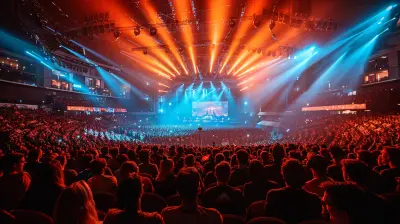Inside the World of High-Profile Sports Sponsorships
4 October 2025
Imagine the roar of the crowd, the glisten of sweat under stadium lights, and the pulsing energy of a game that keeps millions on the edge of their seats. Now, look closer—past the players and the scoreboard—and you'll see another kind of MVP dominating the field: sponsorships.
From the logos stitched onto jerseys to branded hashtags lighting up Twitter feeds, high-profile sports sponsorships are more than partnerships. They’re powerful relationships built on passion, performance, and, yes—plenty of zeros on contracts. Let’s peel back the curtain and step into the billion-dollar arena where brands bet big on athletes and teams to send their message soaring.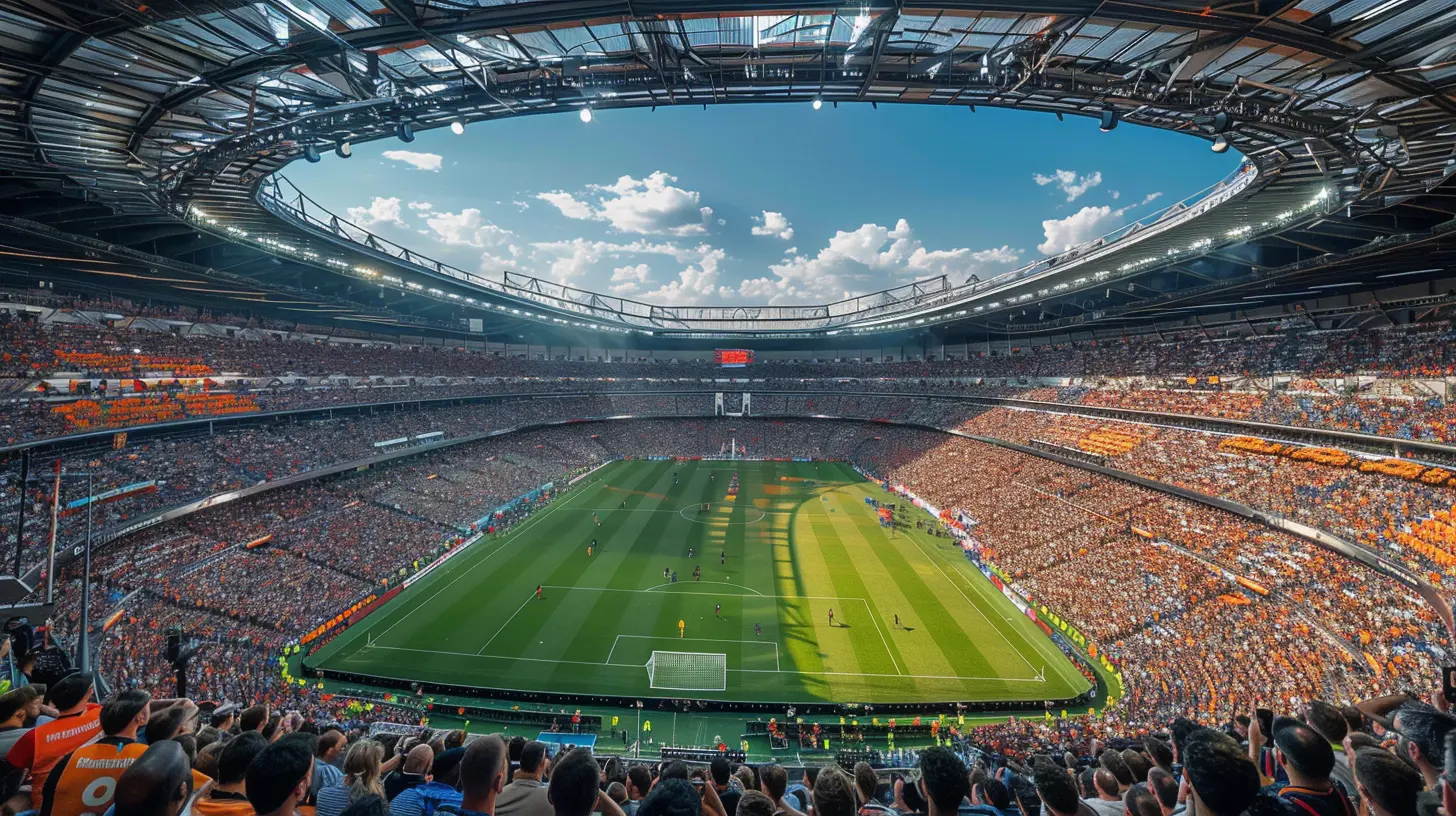
The Power Play: What Is a Sports Sponsorship?
At its core, sports sponsorship is a business handshake. One side (a brand) provides funding, gear, or services. The other side (an athlete, team, or event) gives visibility, influence, and association.But it’s not just a trade—it’s a symphony of image, influence, and audience reach.
Sponsorships aren't just a company slapping their logo on a jersey and calling it a day. No, no. It's about crafting a story that consumers want to be part of. Think Nike and LeBron James. Red Bull and extreme sports. Emirates and elite football clubs. It’s all about linking a brand to a specific vibe, lifestyle, and loyalty.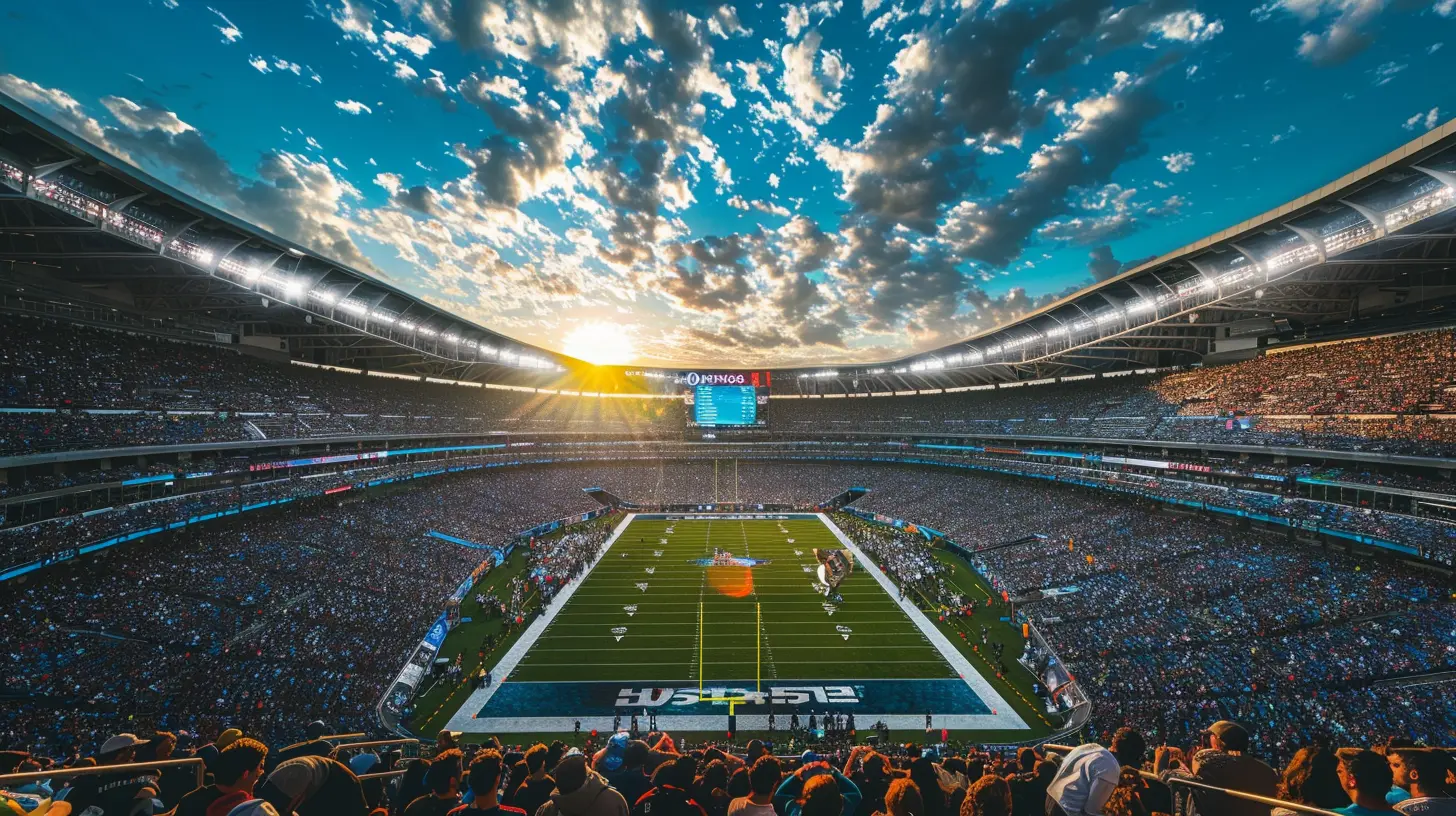
From Local Leagues to Global Icons
Sports sponsorships come in all shapes and sizes. Your neighborhood car dealership might sponsor a youth soccer team. On the flip side, global brands like Coca-Cola pour millions into Olympic campaigns.Here’s the thing: sports transcend borders. A cricket match in India, a soccer game in Brazil, or a basketball faceoff in the U.S.—all have universal appeal. And where attention flows, brands follow.
It’s not just about exposure anymore, though. It’s about engagement, storytelling, and aligning with fans' dreams.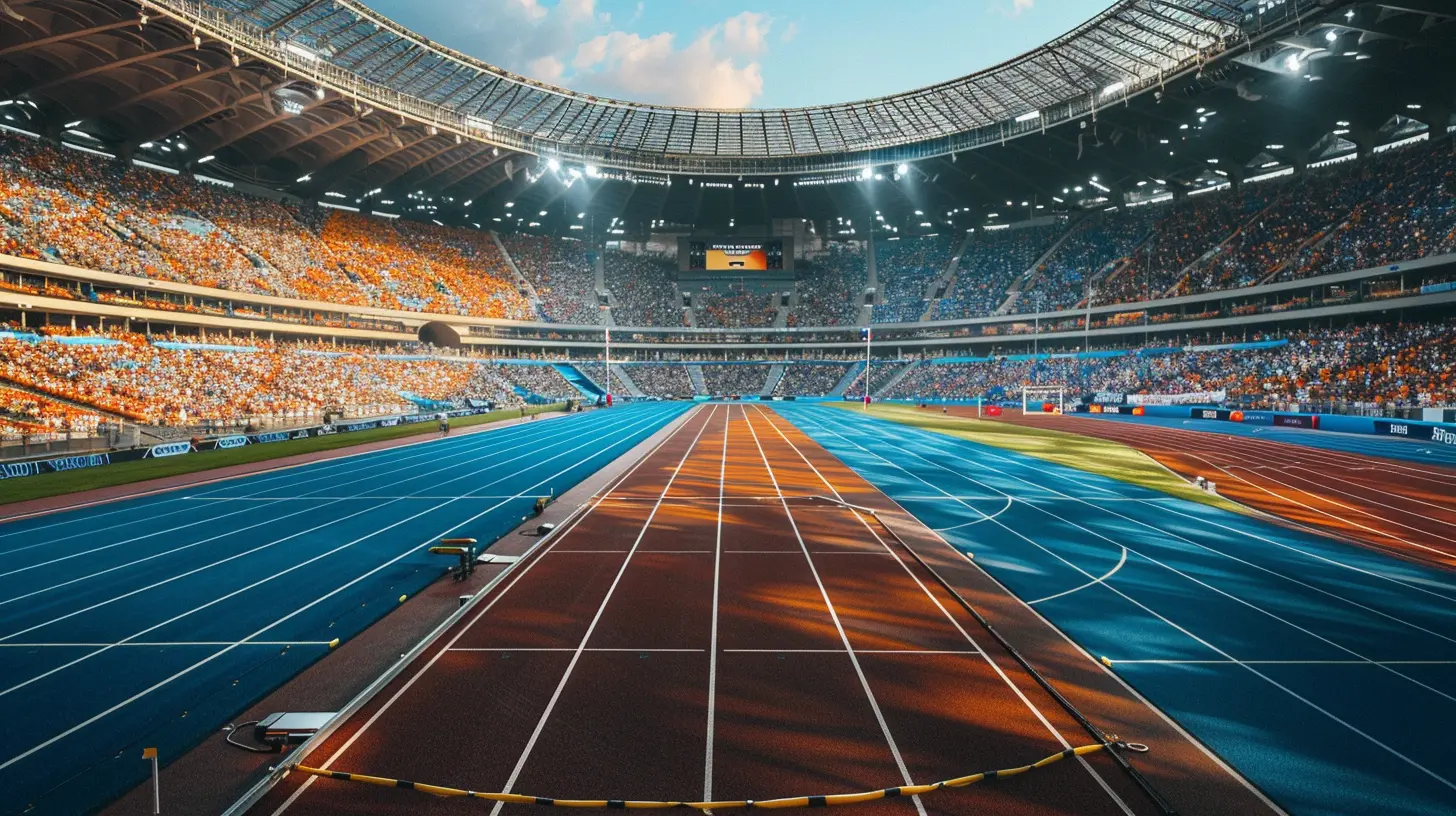
Why Do Brands Go All-In?
Simple answer? Emotion sells.People don’t just watch sports—they live them. They wear their teams’ colors, shout at TVs, tattoo player names on their bodies (yep, that happens), and cry over games.
So when a brand enters this emotional space, it’s not just marketing—it’s identity shaping.
Here’s what sports sponsorships deliver:
- Massive exposure: Prime-time TV, packed stadiums, social media buzz.
- Brand loyalty: Fans often support the brands that support their teams.
- Credibility and prestige: Associating with champions elevates brand image.
- Cultural relevance: Youth-driven sports connect with the next generation of consumers.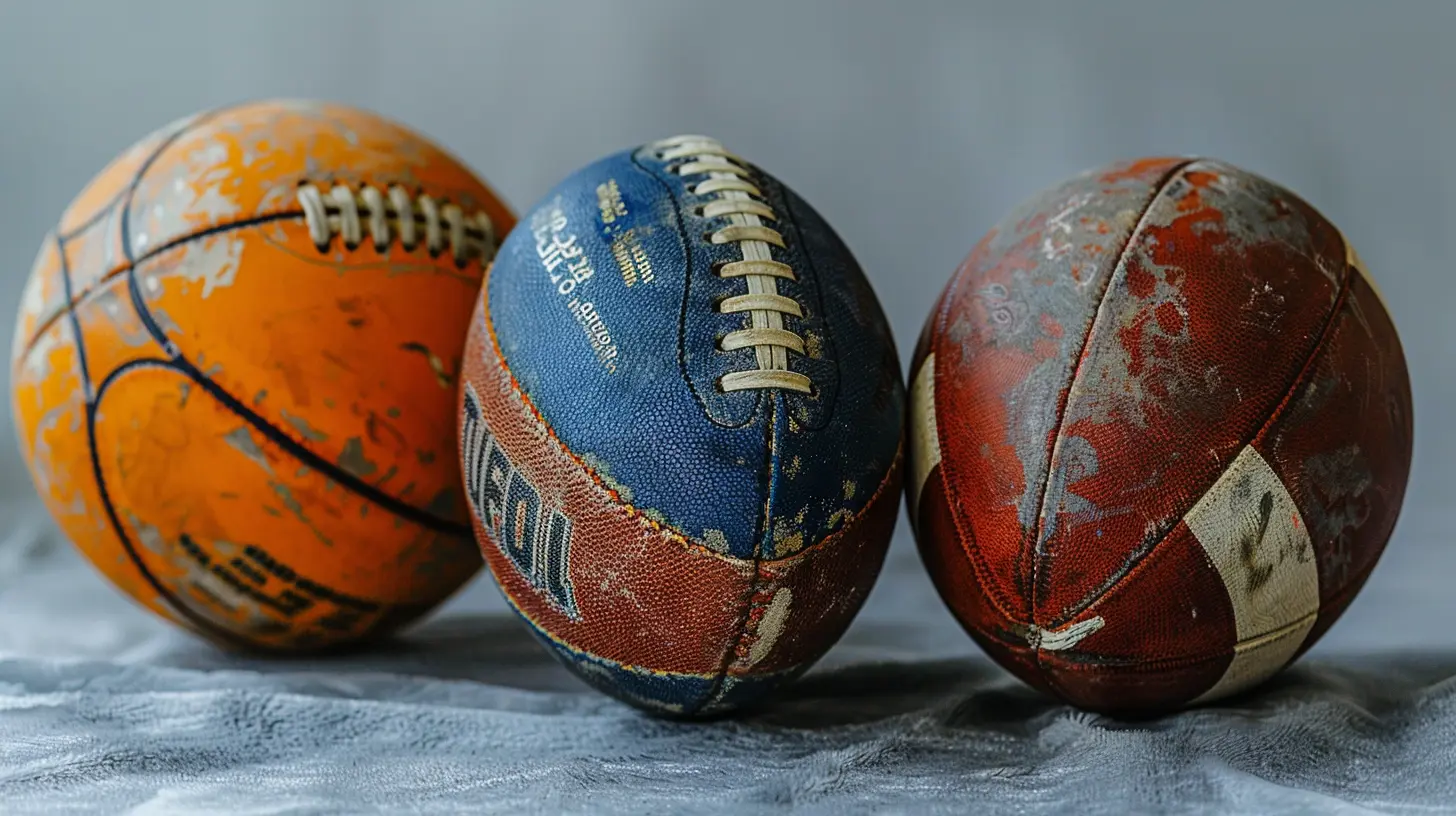
The High Rollers: Brands Dominating the Field
Let’s name-drop a little, shall we?🏈 Nike
This global beast is practically synonymous with sports. With sponsorship deals spanning the NFL, NBA, and countless athletes, Nike’s swoosh is more than a logo—it’s a lifestyle.⚽ Emirates
Fly Emirates? You’ve probably seen that slogan wrapped around Real Madrid and Arsenal jerseys. They don’t just fly planes—they soar through elite football.🥤 Red Bull
This brand didn’t just enter the sports world—they created their own. From Formula 1 teams to cliff diving, Red Bull truly gives wings to high-adrenaline sports.🎾 Rolex
This luxury watch brand doesn’t just tell time—it tells stories. By sponsoring tennis legends and Wimbledon, Rolex captures the essence of precision and class.Athletes as Superbrands
Remember when athletes were just athletes? Not anymore.Today, the top players are walking, talking, tweeting billboards. They’re influencers in cleats and sneakers. And brands are lining up to ride that wave.
Take Serena Williams—her deals with Nike, Gatorade, and Beats by Dre are worth millions. Or Cristiano Ronaldo, who earns more from sponsorships than his football salary.
Athletes now curate personal brands, and the best ones are polished, powerful, and profitable.
The Evolution of Strategy
Gone are the days when brands threw money at teams and hoped for a return. Now, it’s strategic.Think of it like a tactical game: pre-match research, mid-game adjustments, and post-match analysis.
1. Data-Driven Decisions
Brands analyze audience demographics, viewership stats, and social engagement before choosing a sponsorship.2. Digital Integration
Sponsorships aren’t just about billboards. It's Instagram takeovers, TikTok dances, YouTube vlogs, and virtual ads. Welcome to the multi-channel era.3. Purpose-Driven Partnerships
Today’s fans care about values. Brands team up with athletes and events that align with issues like sustainability, equality, and mental health.Just look at Naomi Osaka—her sponsors embraced her stance on mental health, showing that doing good is also good for business.
Case Studies: Sponsorships That Scored Big
Let’s talk winners. Not just on the scoreboard, but in the boardroom.📱 Lionel Messi x Adidas
This isn’t just a deal—it’s a legacy. Adidas and Messi have been dancing tango since 2006. With lifetime contracts, signature boots, and global campaigns, it’s the perfect blend of skill and style.🏎️ Formula 1 x Heineken
Heineken saw a fast lane into a global male-dominated audience and took the wheel. With rules about responsible drinking, sleek ads, and event branding, Heineken steered the brand into high-octane relevance.🏀 NBA x State Farm
Yes, the insurance company. By embedding itself in NBA broadcasts and creating characters like “Cliff Paul”, State Farm turned boring insurance into a courtside comedy.Risks and Red Cards
Of course, when you play big, you risk big. Especially in sports, where unpredictability reigns.Sponsoring an athlete who later gets involved in scandal? That can crash a brand’s reputation overnight. Just ask companies that dropped Lance Armstrong post-doping.
Or pouring money into a team that keeps losing? That fan loyalty might not stretch far enough to cover the embarrassment.
Sponsorships must come with crisis plans and a solid understanding of everything the brand is tying itself to.
The Future of Sports Sponsorships
So, what lies ahead? Oh, the game is just getting started.1. Esports Revolution
Don't sleep on digital sports. Esports tournaments pull in millions of viewers—and brands are investing big. Expect to see more Mountain Dew on gaming headsets and Mastercard in virtual arenas.2. NFTs and Metaverse Integration
The metaverse isn't just a buzzword. Athletes are launching NFT collectibles, and sponsored virtual stadiums aren’t far behind. Think sponsorships, but in cyberspace.3. Personalized Fan Experiences
With AI and AR, fans can interact with their favorite athletes. Imagine a holographic Messi signing autographs in your living room—sponsored by Adidas, of course.How Sponsors Choose Their Game
It’s not just about talent. Sponsors look for alignment in:- Values: Does the team/athlete share the brand’s mission?
- Audience Match: Does the demographic overlap?
- Engagement: Is the fanbase active and passionate?
- Media Presence: Is the exposure worth the price tag?
It’s like dating—brands want a match that not only looks good on paper but feels right in the long run.
Final Whistle: Does Sponsorship Make or Break a Brand?
Well, here’s the truth—it can do both.Get it right, and your brand becomes part of history. Think Jordan and Nike. Get it wrong, and you’re an awkward logo in the background of a scandal.
But for the brave and bold, the world of high-profile sports sponsorships is a goldmine of opportunity. Only it’s not mined with pickaxes. It’s mined with purpose, planning, and passion.
So, next time you’re watching a game and see that brand logo flashing on the screen, remember: that’s not just a sponsorship—it’s a story being written in real-time.
And with every goal, touchdown, slam dunk, or ace, that story gains another loyal chapter.
all images in this post were generated using AI tools
Category:
Sponsorship DealsAuthor:

Uziel Franco
Discussion
rate this article
1 comments
Kiera Reed
Sponsorships drive revenue and brand visibility.
October 15, 2025 at 1:03 PM

Uziel Franco
Absolutely! Sponsorships not only enhance brand visibility but also create significant revenue opportunities in the competitive sports industry.

